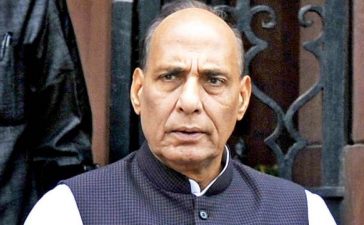NEW DELHI : Moody’s Investors Service has upgraded India’s sovereign rating for the first time since 2004, citing continued progress in the nation’s economic and institutional reforms. The rating agency on Monday moved India’s rating up by one notch to Baa2 from Baa3. The outlook on the rating is ‘stable’.
Explaining the rationale behind the upgrade, Moody’s said reforms being pushed by the government will help stabilize debt and enhance the country’s growth potential.
“India has grown faster than similarly rated peers over the last decade due to favourable demographics, economic diversity, as well as high savings and investment rates. Moody’s expects these structural advantages, supported by relatively benign global commodity prices and liquidity conditions, will keep India’s growth higher than that of its peers over the rating horizon,” said the release.
The rationale for affirming the Baa3 rating, it said, reflects India’s weaker performance–relative to peers–on fiscal, inflation and infrastructure-related metrics. “While policies are beginning to address each of these factors, the extent of likely improvements is as yet unclear,” the release said.
Most of the reforms implemented by the government have been met with debates, especially GST, demonetisation and Aadhaar. The first two have led to short-term disruptions in the economy with the growth slowing to its lowest in three years. Moody’s acknowledged the short-term weakness in the economy, stating that it expects real GDP growth to moderate to 6.7 percent in the fiscal year ending in March 2018.
The Moody’s release, however, said that a rating upgrade would be possible only if in the coming months evidences emerge that the efforts made to enhance growth and stabilise economic and institutional reforms are indeed succeeding. However, there will be a downgrade, it added, if economic, fiscal and institutional strengthening appeared unlikely, or banking system metrics remained weak or balance of payments risks rose.









